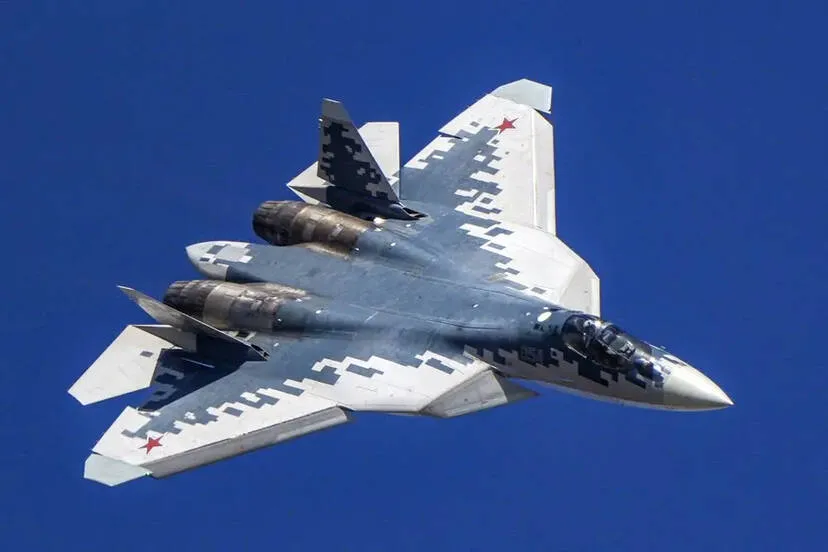

NEW DELHI: In a major boost to defence ties, Russia has offered to provide India with its fifth-generation stealth fighter jet — the Sukhoi Su-57E — along with its source code. This rare offer allows India to customise the aircraft under the Make in India initiative, marking a significant leap in aerospace collaboration.
The Su-57E is considered a direct competitor to the U.S.-made F-35 and boasts the capability to evade even the most advanced radar systems. It supports supercruise and can be seamlessly integrated with the Indian Air Force’s existing Su-30MKI fleet. It is also compatible with Indian-made Astra Mk1 and Mk2 missiles, Rudram anti-radiation missiles, and Russian-made R-77 missiles.
With India’s indigenous stealth jet project, the AMCA, expected only by 2035, the Su-57E will serve as a strategic counter to China’s stealth-capable J-20 fighters. Notably, this is the first time Russia has agreed to export the Su-57 to another nation.
Su-57E at a glance:
What is Source Code?
The source code is essentially the aircraft’s digital brain — the computer programming that controls its operations. Access to it enables India to upgrade the aircraft, integrate new weapons systems, and customise avionics and radar features independently, without relying on the manufacturer.
Rafale Fuselage to be made in India
In another significant development, the fuselage (main body) of the French Rafale fighter jet will soon be manufactured in India. Tata Advanced Systems and Dassault Aviation have signed an agreement to produce key parts at a facility in Hyderabad, starting in 2028. This is the first time components of the Rafale will be made outside France. The facility will produce the lateral shells of the rear, as well as the front and centre fuselage sections.
Fierce competition for India’s fighter jet deal
India is aiming to procure 110 next-generation fighter jets within the next five years, sparking intense competition among global defense giants from France, Russia, and the US. Each is presenting high-stakes offers as they vie for a share of one of the world’s largest upcoming defence contracts.
